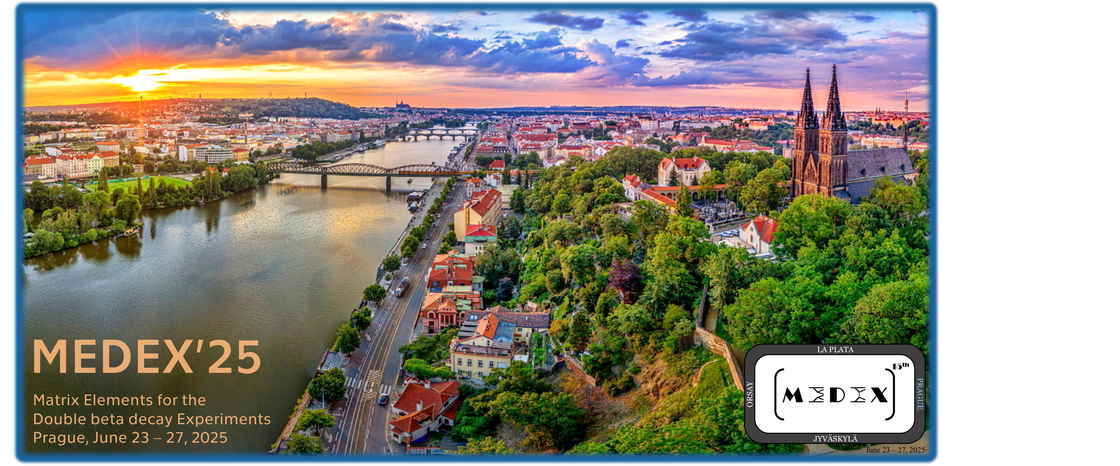Speaker
Description
A low-background experiment to study double-beta decay processes in $^{106}$Cd using a $^{106}$CdWO$_4$ crystal scintillator (mass 215.4 g) enriched in $^{106}$Cd to 66$\%$, has been performed at the National Laboratories of Gran Sasso (LNGS), in Italy. Events in the $^{106}$CdWO$_4$ detector are recorded in (anti)coincidence with two large-volume CdWO$_4$ scintillation counters. The setup, designed for high detection efficiency and background suppression, was operated for 1075 days. Energy and timing calibrations, pulse-shape discrimination, and Monte Carlo simulations were used to characterize the detector response and background components. No evidence of double-beta decay was observed. New half-life limits were set for various decay modes and channels, reaching sensitivities in the range T$_{1/2}\sim10^{20}-10^{22}$ yr. In particular, the limit on the $2\nu\varepsilon\beta^+$ decay to the ground state of $^{106}$Pd was established at T$_{1/2}>7.7\times10^{21}$ yr (90% C.L.), approaching the region of theoretical predictions.

